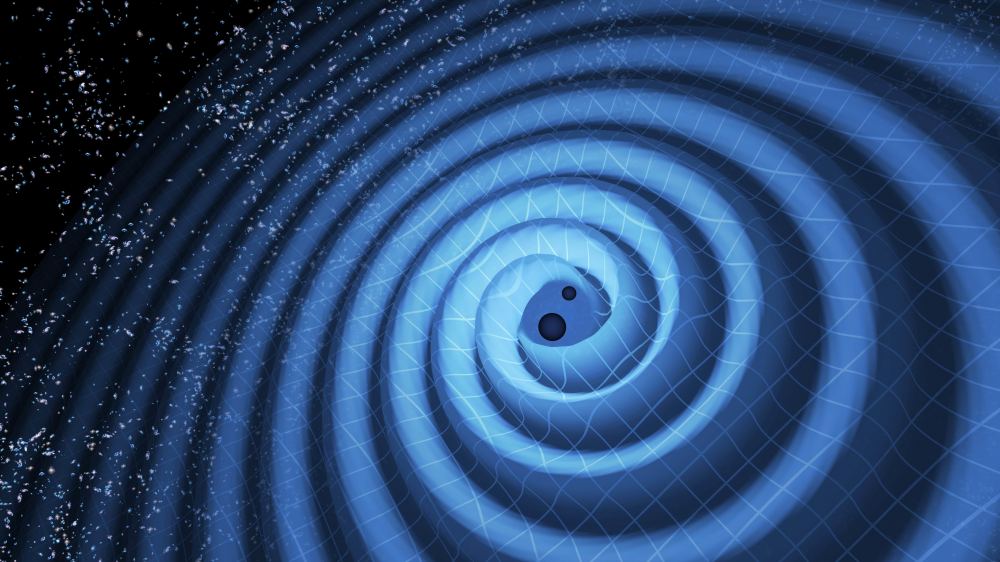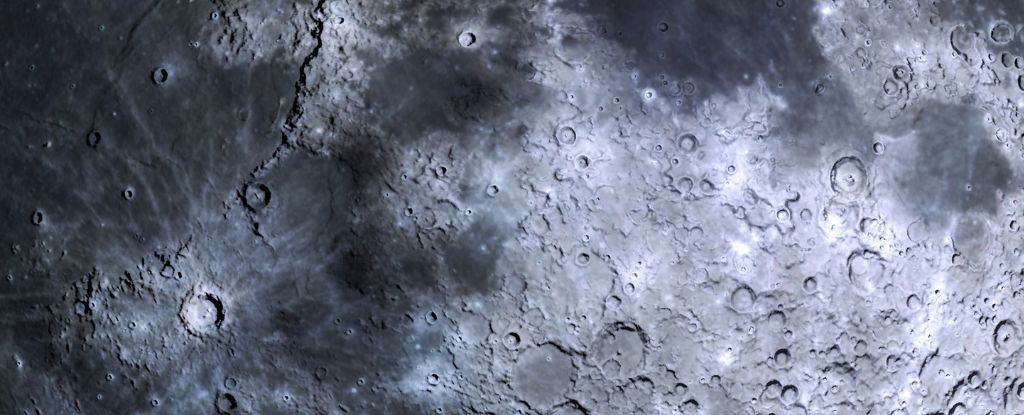Massive Undersea Volcano Near Oregon Set to Erupt in 2025 – Scientists Warn of “Balloon About to Burst” – The Daily Galaxy –Great Discoveries Channel

Hidden beneath the Pacific Ocean, 300 miles off the Oregon coast, the massive Axial Seamount is preparing for its next eruption. As one of the most active and best-monitored submarine volcanoes in the world, this mile-wide giant is offering scientists a unique opportunity to study volcanic behavior in real time. With its summit inflating “like a balloon” and seismic activity escalating, Axial’s eruption is predicted to occur by the end of 2025. Off the coast of Oregon, a massive undersea volcano, Axial Seamount, is gearing up for its next eruption. Situated 300 miles offshore and 4,626 feet beneath the Pacific Ocean’s surface, this colossal volcano rises 3,600 feet from the seafloor and spans over a mile wide. As one of the world’s most active submarine volcanoes, Axial Seamount has erupted three times in the past 30 years, and scientists predict its next eruption will occur before the end of 2025.Unlike terrestrial volcanoes, Axial’s eruptions are not explosive. Instead, they produce steady lava flows across the seafloor, resembling the eruptions of Hawaiian shield volcanoes. Despite its size and activity, scientists remain unconcerned about potential hazards, as the immense pressure of the ocean prevents explosive eruptions from occurring. The real significance of Axial Seamount lies in the unprecedented opportunity it provides for real-time monitoring and research, which could transform our understanding of volcanic behavior both underwater and on land.Axial Seamount sits along the Juan de Fuca Ridge, a chain of underwater volcanoes stretching from Oregon to Alaska. It is a young shield volcano, characterized by its broad, low profile and frequent eruptions. Scientists have closely monitored Axial for decades, utilizing a state-of-the-art fiber-optic cable system and remote sensing technology to gather real-time data.Mike Poland, a scientist at the Yellowstone Volcano Observatory, described Axial Seamount as a global leader in submarine volcano monitoring. “This particular volcano is probably the best-monitored submarine volcano in the world,” he told Cowboy State Daily. “It’s fascinating and doesn’t really pose a hazard.”The volcano’s activity is fueled by a constant supply of magma from below, which inflates the summit over time. Bill Chadwick, a research associate at Oregon State University, explained the process: “Axial’s summit inflates like a balloon as magma is supplied from below and stored in the reservoir beneath the volcano summit. The balloon keeps getting bigger and bigger. And at some point, the pressure becomes too great and the magma forces open a crack, flowing to the surface. When that happens, the seafloor subsides as the ‘balloon’ deflates.”Axial Seamount is not just a geological curiosity; it is also a valuable scientific resource. By studying its behavior, researchers can refine eruption forecasting techniques that may be applied to volcanoes worldwide. According to Chadwick, Axial Seamount’s regular activity makes it a unique subject of study. “Because it’s had these three eruptions in the last 30 years, that’s why we call it the most active volcano in the Pacific Northwest. Most of the ones on land aren’t active that frequently, and they spend a lot of their time slumbering, whereas Axial has a pretty active magma supply,” he explained.The volcano’s eruptions, while dramatic, are relatively gentle. Poland emphasized this point: “When Axial Seamount erupts, it’ll look a lot like a Hawaiian lava flow eruption. It’s not an explosive eruption, but calm effusions of lava flowing out of the caldera and across the seafloor.” These characteristics make it an ideal laboratory for studying volcanic processes without the immediate risks associated with land-based eruptions.Axial Seamount is monitored using cutting-edge technology, including pressure sensors that track vertical movements of the seafloor and remotely operated vehicles (ROVs) like Jason, which collect samples and explore the underwater terrain. A fiber-optic cable system provides real-time data, allowing scientists to observe the volcano’s activity from their laptops.Chadwick highlighted the value of this data, noting that Axial’s seafloor inflation is currently accelerating. After the 2015 eruption, the seafloor rose at a rate of over one meter per year, slowing to about one centimeter annually by 2023. However, in 2024, the inflation rate surged to 25 centimeters per year, signaling that the next eruption is imminent.This level of real-time monitoring is unprecedented. “That we as a society are able to forecast eruptions of a volcano that’s offshore and under an awful lot of water, that’s amazing,” Poland told Oregon Live. “If you can develop a model for how this works at Axial, it gives us a starting point that we can apply elsewhere.”Unlike land-based volcanoes, Axial Seamount’s eruptions occur under extreme ocean pressure, which prevents explosive activity. As lava flows onto the seafloor, it cools rapidly, forming pillow lavas—rounded formations of solidified magma. The eruptions also release heat and nutrients, creating temporary hotspots of biological activity.Poland explained the effects of deep-sea eruptions: “Deep submarine eruptions are inhibited by the tremendous water pressure of the ocean. Even explosive eruptions struggle against the ocean.” The cooling process forms a crust over the lava, insulating the flow beneath and allowing it to spread across the seafloor.Despite its relative safety, Axial Seamount’s eruptions provide critical insights into how magma systems operate. These findings have implications for both submarine and terrestrial volcanoes, advancing our understanding of these powerful geological forces.The anticipated eruption of Axial Seamount is more than just an isolated geological phenomenon—it represents a critical opportunity for advancing volcano science. As one of the most closely monitored submarine volcanoes in the world, Axial offers a rare chance to study the entire lifecycle of a volcanic eruption in unprecedented detail. Researchers have tracked the volcano’s activity for decades, observing patterns of magma inflation and deflation that provide valuable clues about its inner workings.This real-time monitoring has allowed scientists to develop forecasting models that could one day be applied to more hazardous volcanoes on land. By understanding how magma builds up pressure and eventually erupts, researchers are gaining critical insights into the timing and mechanics of volcanic activity. These findings could help reduce risks for communities near active volcanoes by improving early-warning systems and preparedness strategies.Axial Seamount’s eruptions also provide a glimpse into how submarine volcanism shapes the Earth’s surface. The flows of lava during these events reshape the seafloor, creating new geological features and releasing heat and nutrients into the ocean. These processes play a vital role in supporting deep-sea ecosystems and contributing to the dynamic evolution of the planet’s crust.Got a reaction? Share your thoughts in the commentsEnjoyed this article? Subscribe to our free newsletter for engaging stories, exclusive content, and the latest news.Comment Save my name, email, and website in this browser for the next time I comment.
© 2024 | Daily Galaxy | All rights reserved
Source: https://dailygalaxy.com/2025/01/massive-undersea-volcano-oregon-erupt-2025/






